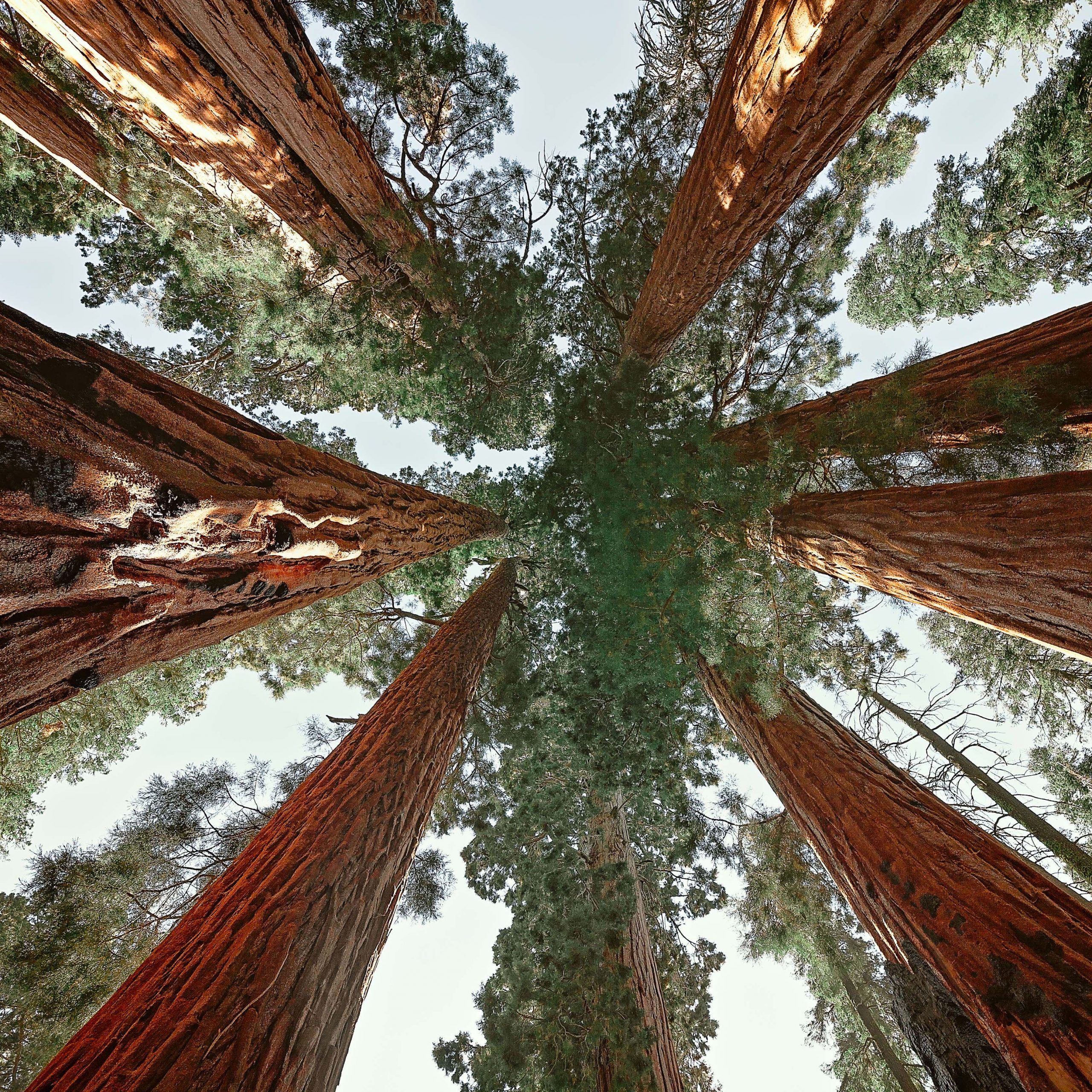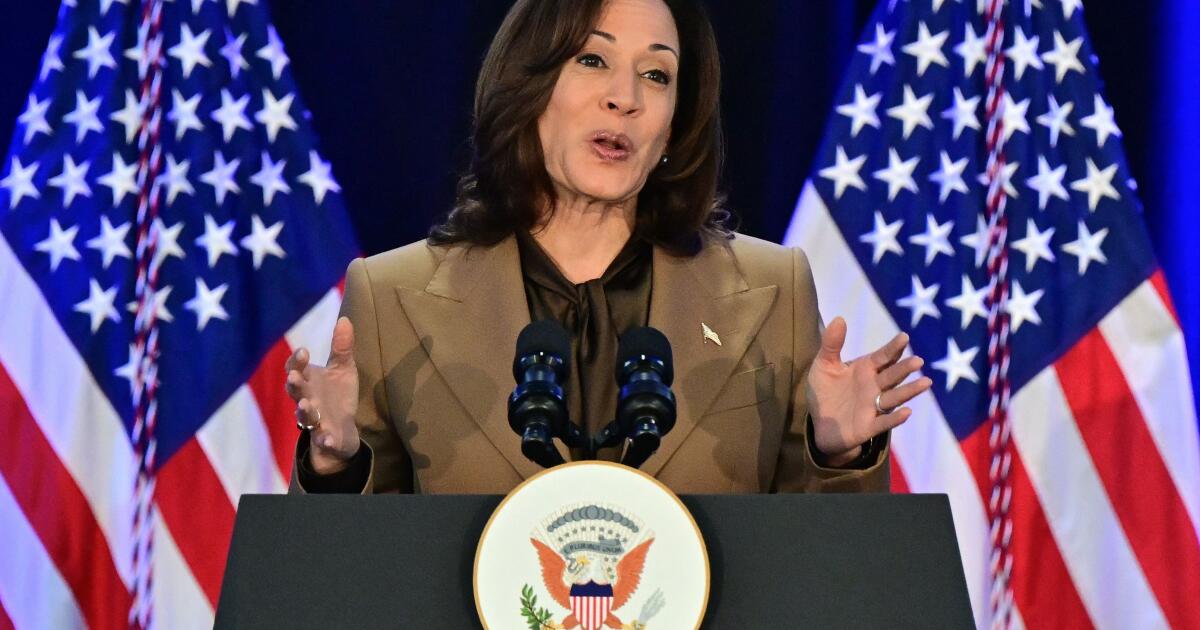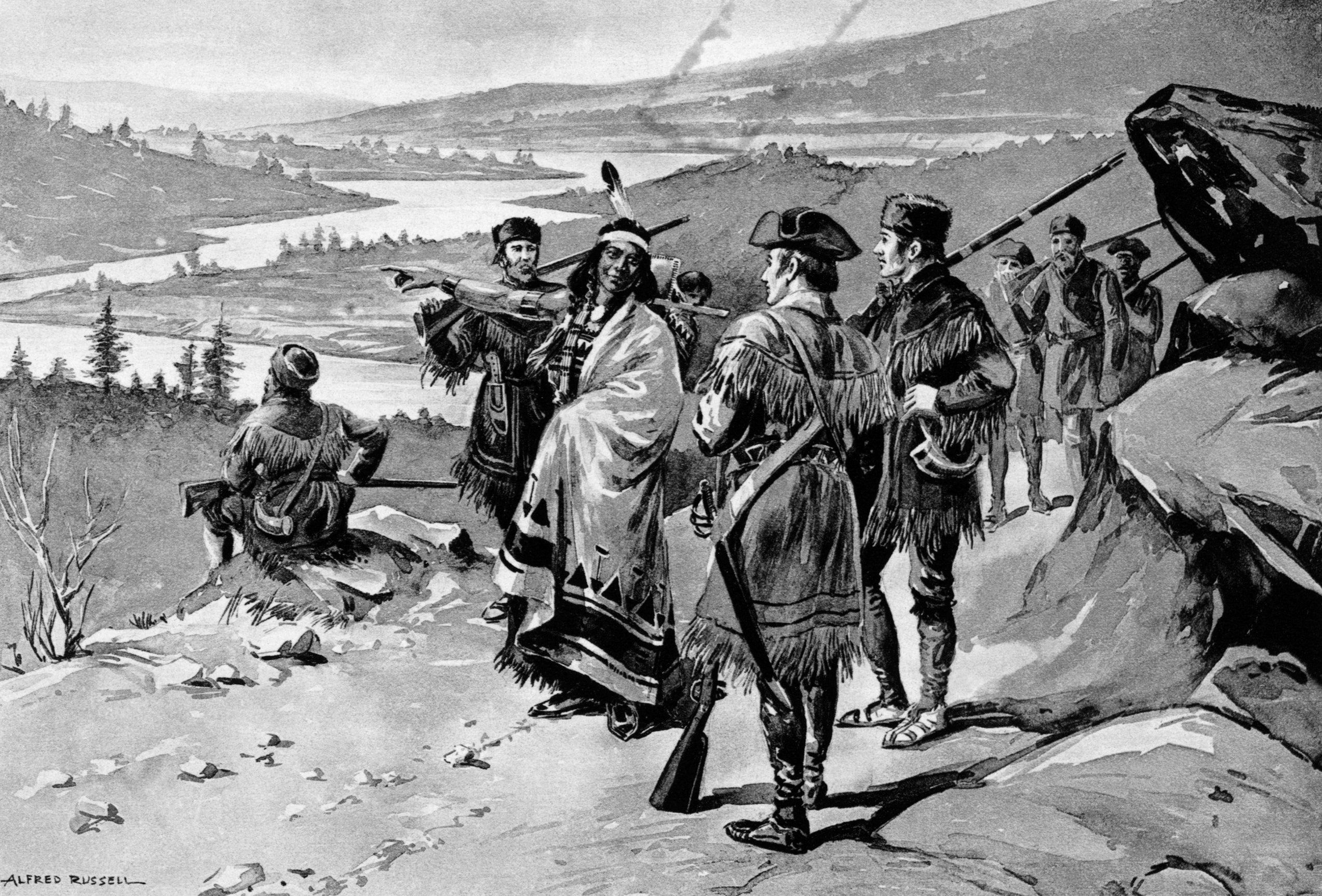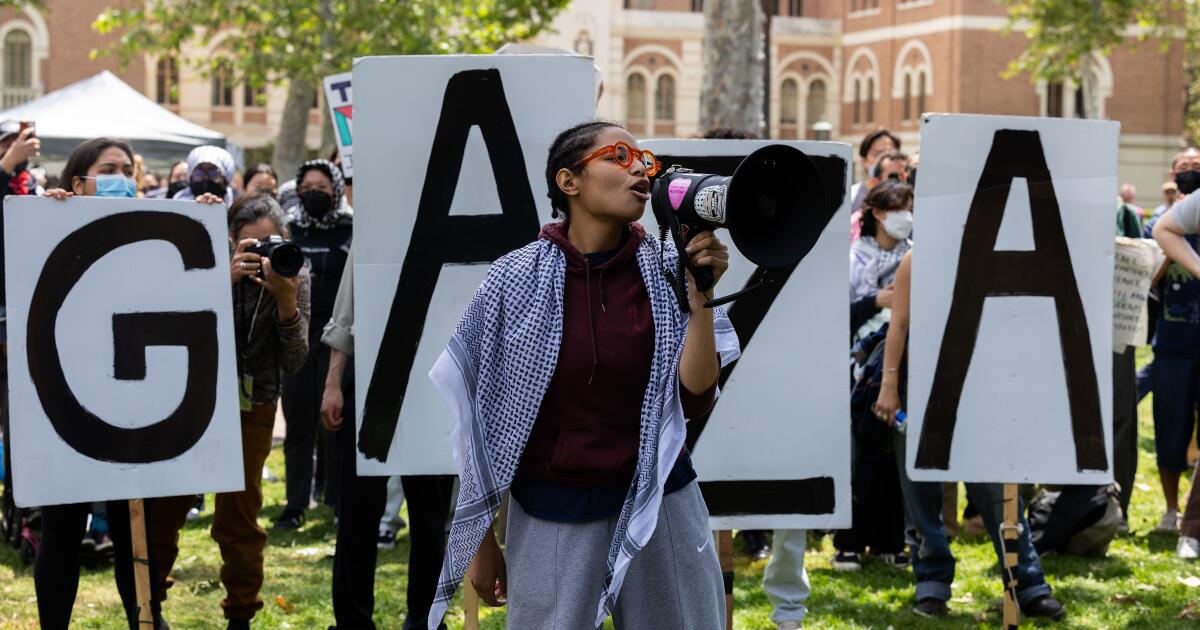Sequoia National Park was established on this historic day, September 25, 1890, as a national park in the United States.
The park was created by legislation signed by President Benjamin Harrison, according to the National Park Service (NPS).
Sequoia National Park was created explicitly to protect a living organism: Sequoiadendron giganteum, or the “giant sequoia” tree.
ON THIS DAY IN HISTORY, SEPTEMBER 24, 1934, BABE RUTH PLAYS HIS LAST GAME AS A NEW YORK YANKEE
Just a week after Sequoia National Park was created, it was expanded once again by legislation signed by President Harrison.
For the first 23 years of Sequoia National Park's existence, before the creation of the National Park Service (NPS) in 1916, the area was guarded by U.S. Army cavalry troops and administered by the military, the NPS website says.
Tourists under giant sequoias at Sequoia National Park near Three Rivers, California. The park was created by an act of Congress on September 25, 1890. (Bing Guan/Bloomberg via Getty Images)
In 1914, the park's first civilian manager, Walter Fry, was appointed.
At first, Sequoia National Park was extremely difficult to access, with “little more than a driveway” serving as an entrance, the NPS said.
ON THIS DAY IN HISTORY, AUGUST 25, 1916, THE NATIONAL PARK SERVICE WAS ESTABLISHED UNDER PRESIDENT WILSON
“Under the leadership of then-Captain Charles Young, the only black officer commissioned in the U.S. Army at the time, a road to the Giant Forest was completed in August 1903,” they said.
This meant that, for the first time, cars could drive into the park.
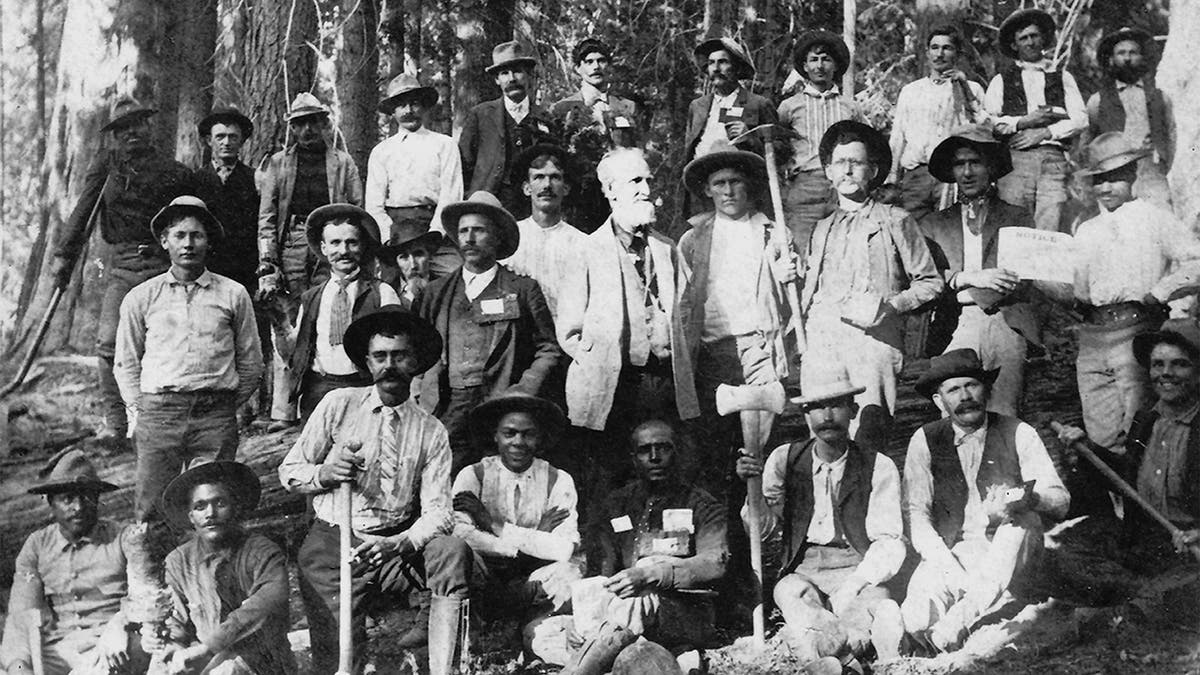
Captain Charles Young (front row, center, in dark shirt), superintendent of Sequoia and General Grant National Parks, poses for a portrait with road construction crews in 1903 at Sequoia National Park in California. Young was the only black officer commissioned in the U.S. Army at the time. (National Park Service/Getty Images)
After the arrival of wagons, automobiles were not far behind, the National Park Service notes.
“The growing popularity of automobile travel led to the construction of the Generals Highway in 1926, opening up the Giant Forest to greater visitation,” they said.
For more lifestyle articles, visit www.foxnews.com/lifestyle
With the growing number of visitors, the National Park Service began working on amenities for those who would undertake the journey to California.
AMERICA THE BEAUTIFUL: 50 MUST-SEE PLACES THAT TELL OUR NATIONAL HISTORY
“One of the first projects undertaken by the new National Park Service in 1917 was the construction of the first steps to the summit of Moro Rock, a favorite destination,” the National Park Service said.
“Those first wooden steps to the top of Moro Rock must have been a thrill for many of the park's first visitors,” NPS added.

Today, approximately one-third of the world's naturally growing sequoias are found in Sequoia National Park and adjacent Kings Canyon National Park. (Marji Lang/LightRocket via Getty Images)
In March 1940, Kings Canyon National Park was established, adjacent to Sequoia National Park.
The area was formerly known as General Grant National Park.
Since World War II, Kings Canyon National Park and Sequoia National Park have been jointly managed, the National Park Service says.
CLICK HERE TO SUBSCRIBE TO OUR LIFESTYLE NEWSLETTER
True to the original mission of Sequoia National Park, the two parks today contain about one-third of all naturally growing sequoia trees.
CLICK HERE TO GET THE FOX NEWS APP
As of 2022, Sequoia and Kings Canyon National Parks receive about 1.5 million visitors each year.

